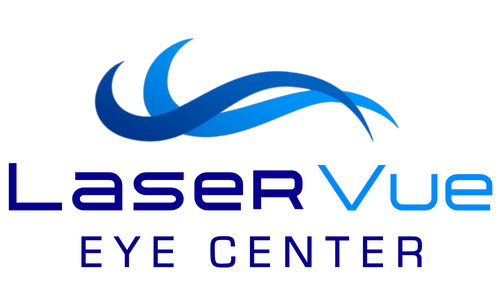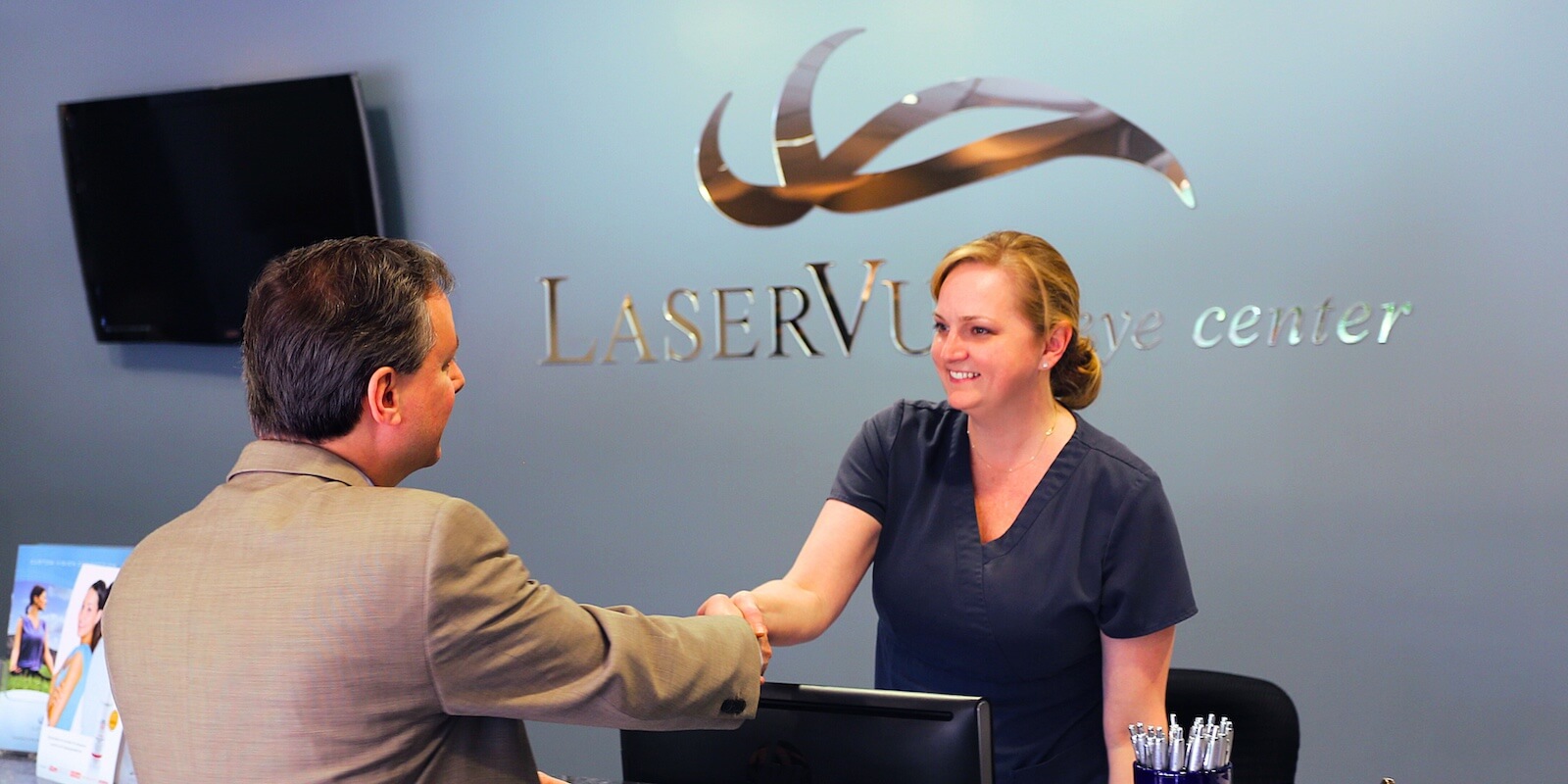Posted by: LaserVue LASIK & Cataract Center in LASIK


LASIK has become one of the most popular surgeries in the world, and not without merit.
Since its early days, LASIK has been known throughout the medical community and the general public as an extraordinarily safe and effective procedure. When LASIK was first developed, surgeons would perform part of the surgery by hand, using an instrument called a “microkeratome” which utilized an extremely sharp blade to create the corneal flap.
While this generally worked well, in rare cases, imprecise or irregular flaps were created. Today, bladed LASIK has been phased out in favor of much more precise and reproducible flap creation via a femtosecond laser.
There have been numerous advancements to the technology of LASIK since blade-free LASIK was introduced, including improvements to laser technology including eye-tracking, increasing precision and safety. Wavefront technology introduced a completely new way to map the cornea, further improving the results that LASIK offers.
LASIK Safety & Efficacy
A majority of people who have Blade-Free Wavefront LASIK achieve their personal best visual acuity.
Patient surveys consistently rank LASIK between 92 and 98 percent satisfaction.
With its great successes, though, it’s important to remember that LASIK is a surgery just like any other. Every single surgery has risks.
Though they’re extremely uncommon, the potential risks associated with LASIK do exist. They include minor annoyances, visual problems such as ghosting or halos, and dry eyes.
Significant vision loss is very rare as a result of LASIK. People who wear contact lenses every day have about a 1 in 2000 chance of significant vision loss due to infection. With LASIK, that same risk is reduced to 1 in 10,000.
A small percentage of patients need to have another surgery after their first, referred to as a LASIK enhancement. This is due to over- or under-correction, resulting in residual prescription.
Both the risk of requiring a LASIK enhancement and the severity of the enhancement are reduced based on the level of the technology used. Wavefront-guided LASIK further reduces the risk of enhancements.
LASIK Candidacy
These risks highlight the very important process of LASIK candidate selection.
Just like all other surgeries, LASIK has specific requirements that must be met in order for a person to be a candidate.
Good doctors can recognize potential risk factors that may increase the chances of complication. After an evaluation, your surgeon may determine that LASIK isn’t a good choice for you, based on a number of factors. These factors include the size and shape of your cornea, the health of your eyes, and your overall health. LASIK may be a great procedure with a high rate of satisfaction, but, in the end, it’s just not the best choice for everyone.
Reputable LASIK Surgery Centers
In your search for a good LASIK surgeon, you may run into laser surgery centers that have less stringent candidate selection in order to boost surgery volume.
These centers risk the safety of their patients, damage the reputation of LASIK surgery, and damage the community’s trust in reputable surgeons. Make sure you always do your research on your doctor and find out what their patients are saying about them! Better yet, visit several doctors and get multiple opinions.
Remember, LASIK is only as safe as your surgeon and their technology make it. Find the most reputable surgeon with the most advanced technology and only then determine if LASIK is right for you.
At LaserVue, your safety is paramount. We offer Wavefront-guided All-Laser LASIK, some of the most advanced technology available today. Dr. Jay Bansal has over two decades of experience in LASIK and other laser eye surgeries and can help you determine if LASIK is the best choice for you.
[gravityform id=”16″ title=”true” description=”true”]
